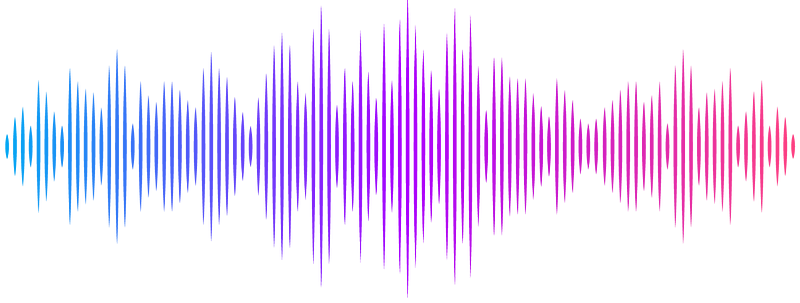Evolution of QPO during Rising Phase of Discovery Outburst of Swift J1727.8-1613: Estimation of Mass from Spectro-Temporal Study

Evolution of QPO during Rising Phase of Discovery Outburst of Swift J1727.8-1613: Estimation of Mass from Spectro-Temporal Study
Dipak Debnath, Hsiang-Kuang Chang, Sujoy Kumar Nath, Lev Titarchuk
AbstractThe rising phase of the 2023-24 outburst of the recently discovered bright transient black hole candidate Swift J1727.8-1613 was monitored by \textit{Insight}-HXMT. We study the evolution of hard ($4$-$150$ keV) and soft ($2$-$4$ keV) band photon count rates, the hardness ratio (HR), and QPO frequencies using daily observations from the HXMT/LE, ME, and HE instruments between August 25 and October 5, 2023. The QPO frequency is found to be strongly correlated with the soft-band X-ray count rates, and spectral photon indices. In contrast, a strong anti-correlation is observed between HR and QPO frequency, as well as between HR and photon index. Based on the evolution of the QPO frequency, the rising phase of the outburst is subdivided into six parts, with parts 1-5 fitted using the propagating oscillatory shock (POS) solution to understand the nature of the evolution from a physical perspective. The best-fitted POS model is obtained with a black hole mass of $13.34\pm0.02~M_\odot$. An inward-propagating shock with weakening strength (except in part 4) is observed during the period of our study. The POS model-fitted mass of the source is further confirmed using the QPO frequency ($\nu$)-photon index ($\Gamma$) scaling method. From this method, the estimated probable mass of Swift J1727.8-1613 is obtained to be $13.54\pm1.87~M_\odot$.